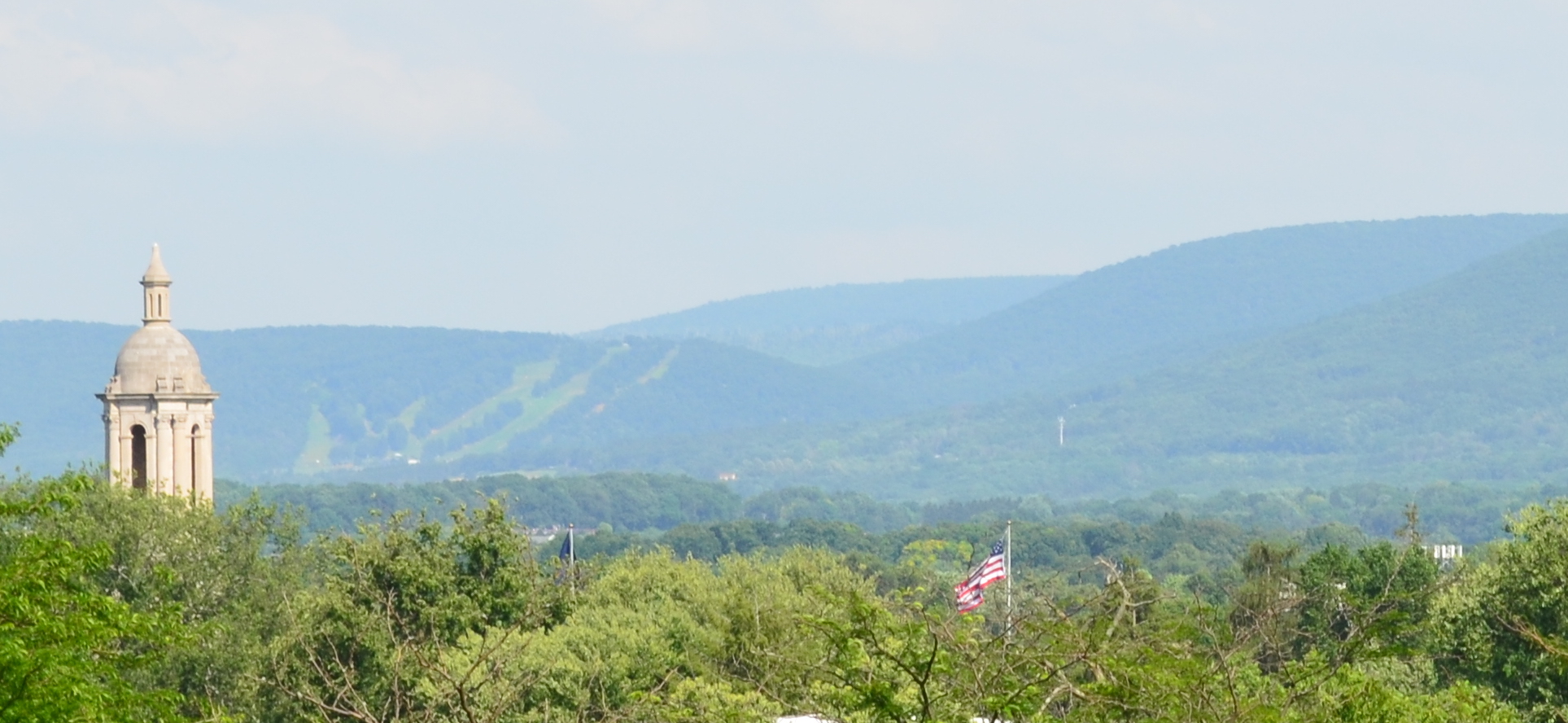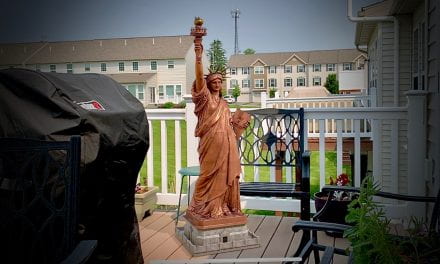Lesson 11 Group Summary

ROB PEELER
JULY 25, 2017
Overall, it seems like everyone is somewhat skeptical of virtual reality (VR) working as advertised. Not only is the cost out of line from what a typical educator or educational institution can afford, but what could VR do that AR or a simply YouTube video can’t do?
Using what is available today doesn’t show that VR is the spark that leads to a significantly better and more engaged scholarship. Additionally, we’re all in agreement that VR seems to have a place in gaming or entertainment, but it seems to be a stretch (at least now) when it comes to education.
In reading the individual blog posts, Casey provided a brilliant throwback to a time when video (specifically MTV) changed the way we listen to music, much like her point of augmented reality (and possibly, although she is more skeptical, virtual reality) changing the way learn to include a more extensive sensory experience. With all of this being said, she did bring up that learners are different and what works for one may not work for the other. Additionally, VR tech could be the answer to help those with learning disabilities.
Kristina brings up some additional great points in that in order for VR to become a success, we must do our research. More often than not new tech comes out because a small group of savvy engineers love the concept, but it doesn’t work in real life. She explicitly states the need for us to “interview educators and students about their needs,” “produce instruction materials that educators could easily learn to use,” “provide results,” “demonstrate how the results can be replicated,” and “solicit feedback.” Perhaps if those developing VR follow this framework, we might end up getting to educational VR much quicker.
Just like the others, Cindy, also some experience with virtual reality and like many people, she felt a bit dizzy after using it. She also described some theoretical uses for combining virtual reality into a “4D” approach where sense other than sight are experience the virtual reality. This could potentially open the door for quite a few interesting learning experiences ranging from museum interaction to medical students observing the interworking of the human body.
Finally, my view matches many of the other posts in that I think VR isn’t ready for education in its current form. I think it works great for entertainment, especially in theme parks and ride simulators. I think AR is what will help us make the transition to VR. AR still keeps real life in the tech, but with added benefits. It changes our view of the world just a bit as we can still interact easily with what is front of us. Once that tech gets good enough and the world is used to it, the transition to VR will be more seamless and a small step vs. a giant leap.






Recent Comments